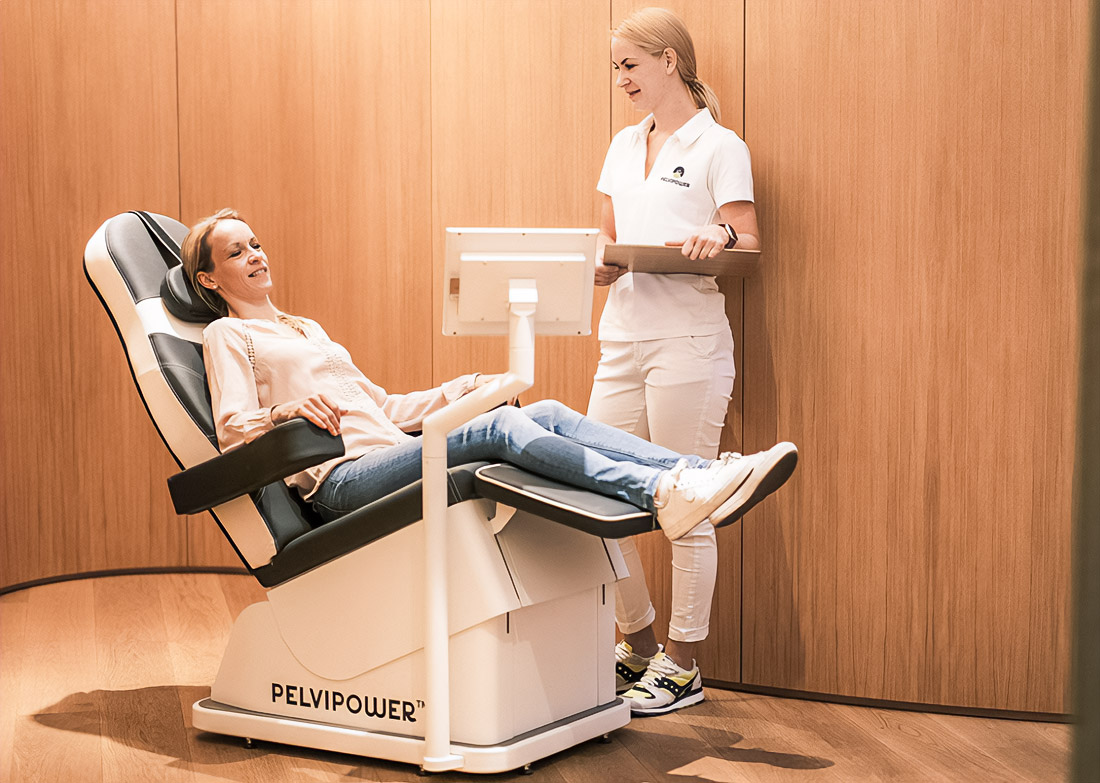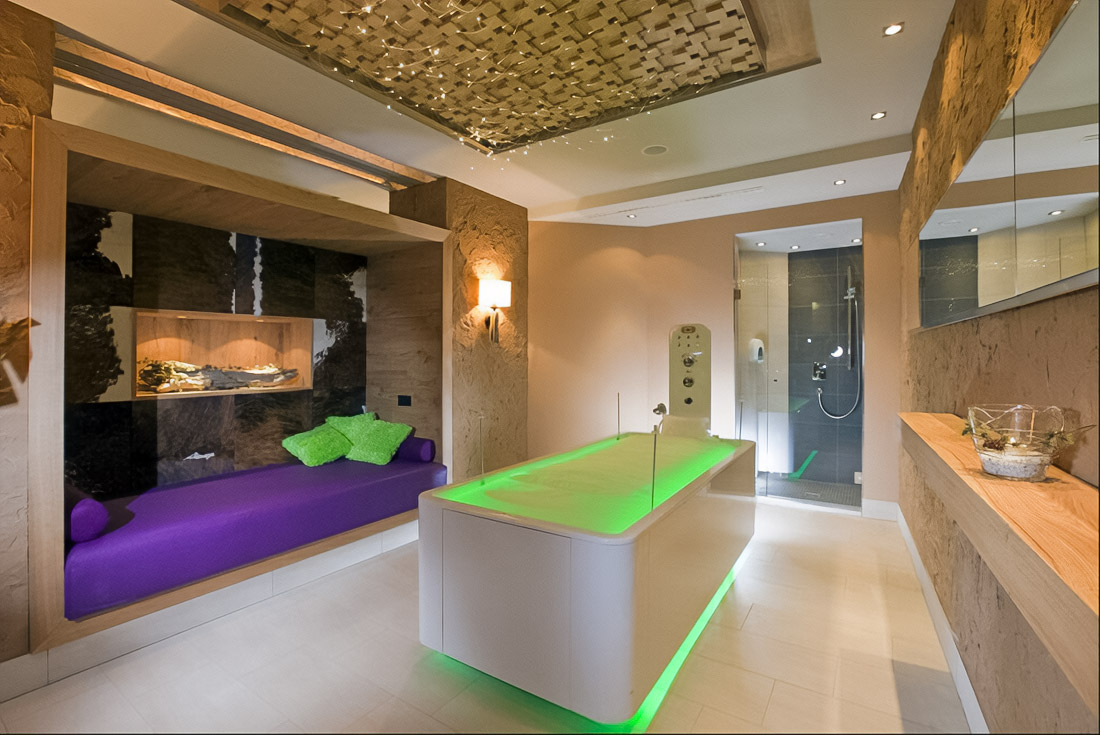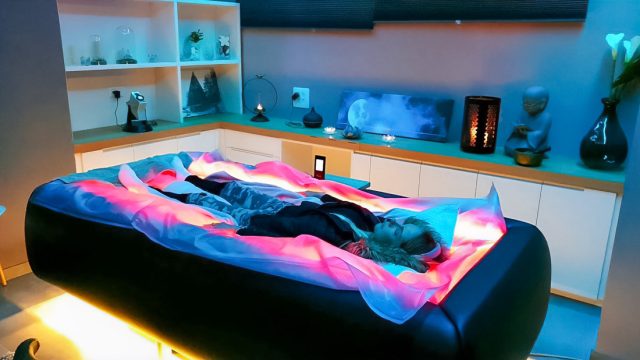Cold therapy, or cryotherapy, originated in deep antiquity, when it was used in Ancient Egypt for treating wounds and injuries by means of ice and cold water. Archaeological findings confirm that healers at that time applied such methods for the removal of pain and acceleration of healing. Already in the XVIII century, medical works described cases where ice and snow were used to lower temperature and restrain inflammatory processes. In modern times, cold therapy became even more popular and accessible thanks to such innovations, as ice bath pods, which provide convenience and efficiency in application.
Factor time: History and development of cold therapy

Cold therapy, or cryotherapy, takes origin in deep antiquity, when it used in Ancient Egypt for treatment wounds and injuries by means ice and cold water. Archaeological findings confirm, that healers that time applied such methods for removal pain and acceleration healing. Already in XVIII century in medical works described cases use ice and snow for lowering temperature and restraining inflammatory processes.
In XX century cold therapy turned into scientifically substantiated method, gained popularity in sports medicine and physiotherapy. Modern technologies include in themselves use cryochambers, where temperatures can reach extreme -110°C for short-term use.
How cold affects: Scientific substantiations effectiveness

Connective tissues, such as tendons and ligaments, are critical for the functionality of the musculoskeletal system. Damages often require long treatment. Cold therapy helps in such cases:
- Reduction inflammation and swelling: Cold causes constriction of vessels (vasoconstriction), reducing blood flow and decreasing swelling. This limits the release of mediators of inflammation, such as prostaglandins. Source
- Pain-relieving effect: Low temperatures reduce nerve sensitivity, therefore, and pain. Slows conduction nerve impulses, what enhances effect pain relief.
- Acceleration metabolism and regeneration: Temporary lowering temperature can stimulate metabolic tissues after restoring normal temperature, accelerating regeneration.
Research and clinical cases: Evidential base cold therapy

Numerous studies demonstrate, that cryotherapy effective in treatment injuries connective tissues. In randomized controlled studies noted, that cryotherapy reduces pain and swelling more effectively traditional methods. Study in “Journal of Athletic Training” showed, that 20-minute application ice immediately after injury significantly reduces inflammation and accelerates healing.
Another one of studies in “American Journal of Sports Medicine” established, that combination cold therapy and physiotherapy improves symptoms chronic tendinitis. Patients with chronic conditions, such as tendinitis and bursitis, noticeably improved their functionality compared to control group.
Advantages and risks: What is important to know about cryotherapy
The advantages of using cold include:
- Safety and accessibility: Cryotherapy simple and can be performed in home conditions. Source
- Minimum side effects: Unlike medications, cold therapy does not cause systemic side effects.
- Quick pain relief: Effect occurs after few minutes after application.
Risks also exist: in patients with circulatory disorders cold contraindicated. Excessive cooling threatens frostbite, therefore time exposure strictly limited.
Clinical examples successful application
In sports medicine cryotherapy used for therapy acute injuries, such as sprains and tears ligaments. In professional teams football players and other sport collectives it is standard method recovery after intensive trainings.
Known successful examples of applications in rehabilitation after surgeries. In a course study in “Clinical Orthopaedics and Related Research,” patients who used cryotherapy after surgeries on joints recovered faster and required fewer painkillers.
Perspectives and future: Technologies and research ahead
Cold therapy remains promising for scientific explorations. Modern developments, such as cryosuits and devices for local cooling, allow more precisely control temperature regimes. Future studies will focus on molecular mechanisms impact cold on connective tissues and combinations with other methods, such as electrostimulation or ultrasound.
Correct use and study methodology will lead to improved treatment and quality of life for patients, making cold therapy an integral part of medical practice.
“The only impossible journey is the one you never begin.” –Tony Robbins
